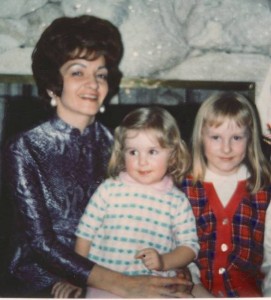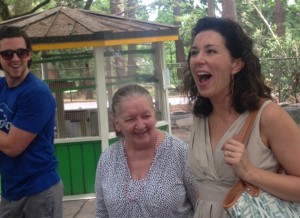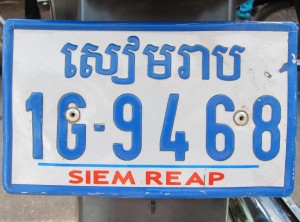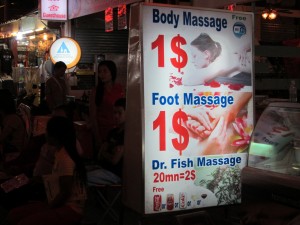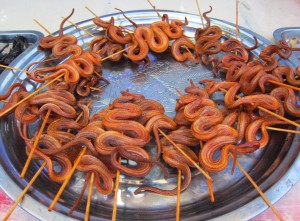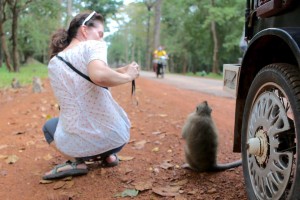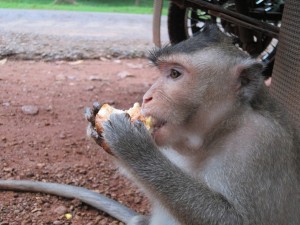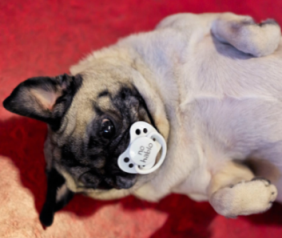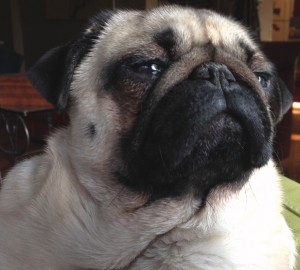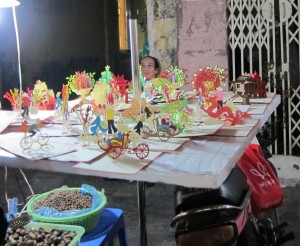
In a world full of free-flowing information and opinions, there is one piece of advice that has stuck hard in my brain, presenting itself for use during the most perfect times. This nugget of wisdom didn’t come from Oprah or Maya Angelou or Brené Brown; it is something I learned in 2013 from my then-20-year-old nephew Andrew. Sadly, it took a year for it to finally sink in to my old noggin that his perspective was sage advice for me, too, but at least I got there. Hopefully this blog post will be so convincing that it will shorten your adoption process by 11 months and 29 days, if you aren’t already preaching the same.
Our conversation was about music. My nephew is in a rock band called Little India, and I went to see them play in a competition where they had made it to the top three. Even though I thought they were the mostest awesomest act of the night, they came in third (sometimes even Hooting Aunty—almost like a “hootenanny,” but different–can’t swing the vote). The next day, we were debriefing, and I made a comment about one of the other bands, something to the effect of how they would have been better suited to an audience of tween girls. My nephew’s response was diplomatic and sincere. And it blew me away. He said, “They’re just doing their thing. It’s not my thing, but you know, they’re good at it, and it’s their thing.”
As a writer, I come across a fair amount of other writers’ work. I read a lot, and I have a wonderfully active community of writer friends. Yet what I realized (a year) after that conversation with my nephew was that I still sat in judgment, even condemnation, of other writers’ work. I didn’t like this genre or that genre or if someone was too commercial or too inaccessible—the list went on and on. I was COMPLETELY forgetting that yes, while I am a consumer of the written word and am entitled to an opinion, what is more important is that as a fellow artist, the more empathetic response is to offer my writing peers respect for doing their thing and putting it out there. Just like my nephew extended to his music peers. Just like sculptors and dancers and painters and filmmakers can do for their peers. Because that shit is hard! Creating something from scratch that is extremely personal to you, and then sharing it with everyone else in the world – HARD!

It serves you to take the high road, especially if you are an artist. I just attended a day of the Squamish Valley Music Festival, there to see my nephew’s band play (see? Karma is Reason One. Look where they are now). While watching a different band, one of the members made a sarcastic comment about “the advantages” of playing on the same day as another artist, one for whom he clearly had no respect. His remark wasn’t funny, it didn’t make me respect his “real music” music more, and it made him look like an asshat. So Reason Two: you won’t look like an asshat. And, by the way, up until that point, I had been thinking of buying some of that band’s music on iTunes. Now? Not so much. Reason Three: you’ll sell more music/books/paintings/movies.
The fourth reason is so important that it gets its own paragraph. I only came to understand this one through some distillation with my life coach. When you sit in judgment, you dilute your own strength and power. We are all in this world – artist or not – trying to do our best. To understand our purpose and fulfill our potential. No one can say what that is for another human being. That determination is so much bigger and far beyond us that to even apply judgment to what someone else is doing is like insisting that out of all the billions of stars in the sky, and from millions of miles away, you know which star is the brightest. Im-freaking-possible. Reason Four: Just as you are entitled to find your purpose and fulfill your potential, so is everyone else. And in some cosmic way, theirs may be intricately intertwined with yours. You never know.
But holy crap, letting go of judgment is so hard, you say. I concur. And I still judge. Daily. Other people’s clothes, hair, food choices, parking jobs (didn’t they have to pass a driving test, for God’s sake?). Mostly, I judge myself, with my husband running a close second (sorry, hon. Love you). So yes, it is hard. And it is worth working on, for everything. Thankfully, this blog post is only about mutual artist respect, so we’re going to compartmentalize for now and dole out “get out of jail free” cards for the rest. Go crazy and get it out of your system. Get it all out. Here’s a good place to start.
One final note: when I shifted my thinking around other writers’ work, I also changed my stance on posting book reviews. I know many writers who have already weighed in on this practice, so I’ll just state mine quickly. If I don’t like a book, I won’t rate it or review it. If I can’t give it at least three stars on Amazon or Goodreads—which, by the way, is a *great* rating, in my opinion, even though I know some writers feel apoplectic if they get anything less than a four—then I just bite my tongue. The author is doing their thing, like I do mine. Let the pure consumers be the critics; they’re coming at it from a different place. They have invested money, and while of considerable importance, it is slightly less vital to survival than (an artist’s) blood.
What do you think? Is this a wussy approach, constrictive of free speech? Or do you agree? And do you have a piece of advice that has become core to your daily functioning that you can share?
p.s. If you are curious about Little India, my nephew’s band, check them out on Soundcloud. They play alt-pop and rock and my plan is for them to become hysterically successful. They’re doing a good job of that on their own so far, too.
(Photo of Little India courtesy of Dallyn Hunt, drummer)

